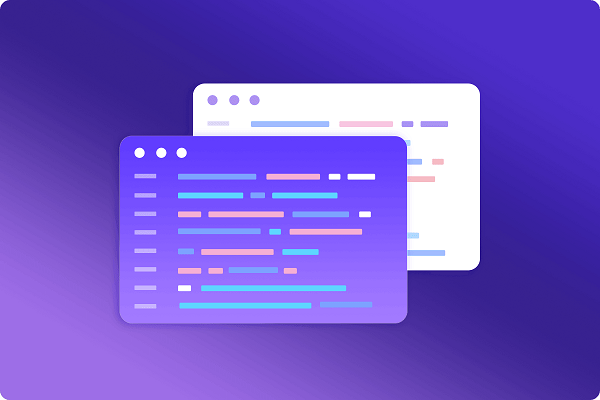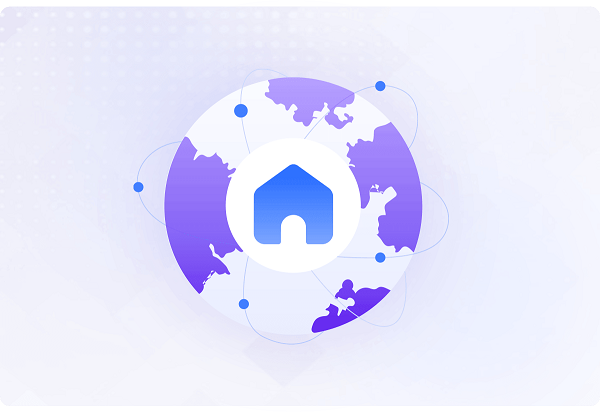Market Data Providers are organizations that specialize in data collection, processing, and distribution. Their core value lies in transforming fragmented raw information into structured, actionable business intelligence. By integrating multi-source data (such as transaction records, consumer behavior, industry reports, etc.), such providers provide enterprises with full-chain support from strategic planning to operational optimization. IP2world's proxy IP services (such as dynamic residential proxies and static ISP proxies) play a key role in the data collection process, helping enterprises to efficiently obtain high-value market data.1. Core Functions of Market Data Providers1. Multi-source data aggregation and cleaningCross-platform collection: crawling public data (e-commerce platforms, social media, government databases, etc.), while connecting to third-party APIs (such as payment systems, logistics tracking).Quality verification: Ensure data confidence through processes such as deduplication, outlier detection, and time series calibration. For example, financial data must comply with ISO 20022 standards.2. Data productization and service designHierarchical product system: divided into real-time streaming data and daily/weekly snapshots according to timeliness; providing aggregate statistics or original records according to granularity.Subscription model innovation: support pay-as-you-go, enterprise-level customized packages, etc. to meet the different needs of small and medium-sized customers and large organizations.3. Compliance and risk managementData authorization chain management: Ensure that the collection source complies with regulations such as GDPR and CCPA, and retain data processing logs for auditing.Privacy protection technology: Use differential privacy, homomorphic encryption and other technologies to process sensitive information (such as user geographic location).2. Typical application scenarios and cases1. Financial investment decision supportHigh-frequency trading: provides millisecond-level securities quotes and order book depth data, which quantitative funds use to optimize algorithm strategies.Risk assessment: Integrate corporate financial reports, public opinion, and supply chain data to generate an ESG scoring model.2. Retail and consumer insightsPrice monitoring: Capture competitor SKU prices and promotion cycles, and dynamically adjust pricing strategies (such as Amazon seller tools).Consumer portrait: Integrate POS transaction and social media behavior data to predict regional consumption trends.3. Government and public policyEconomic indicator forecast: Based on real-time data such as traffic flow and energy consumption, assist in formulating industrial support policies.Public health monitoring: Aggregate hospital visit data and drug sales information to warn of the risk of epidemic outbreaks.3. Technical Architecture and Innovative Practices1. Key technologies of data collection layerAnti-crawling: Use IP2world's dynamic residential proxy to simulate real user behavior and bypass website access frequency restrictions.Distributed crawler: Based on the Scrapy-Redis framework, multi-node collaborative collection is realized, and PB-level data is processed on average every day.2. Data processing and enhancementAI-driven data cleaning: Using NLP to identify entity relationships in unstructured text, such as sentiment analysis of image comments.Real-time stream computing: Process IoT device data through Apache Flink and output market indicators updated in seconds.3. Evolution of service delivery modelsAPI Economy: Provides RESTful interface and Webhook notification to support seamless integration of customer systems.Low-code platform: allows business personnel to customize data dashboards through a drag-and-drop interface (such as Tableau plug-in).4. Industry Challenges and Future Trends1. Real-time and intelligent upgradeEdge computing applications: Deploy pre-processing nodes at the source of data to reduce cloud transmission latency (such as direct connection analysis of factory sensors).Generative AI empowerment: Automatically generate data interpretation reports based on large models, replacing the basic work of human analysts.2. Deepening of data sovereignty and complianceSovereign cloud deployment: Establish localized data centers in specific regions (such as the European Union) to meet the requirement that data does not leave the country.Blockchain evidence storage: Use smart contracts to record data flow paths and resolve copyright disputes.3. Ecological platform competitionData market interconnection: Establish data exchange agreements between suppliers to form cross-industry joint products (such as finance + logistics index).Developer community building: Open some data sets and tool chains to attract third-party developers to expand the application ecosystem.As a professional proxy IP service provider, IP2world provides a variety of products such as dynamic residential proxy and static ISP proxy, which can effectively solve the IP blocking problem in data collection. For example, its S5 proxy protocol supports high concurrent requests, and with the intelligent IP rotation strategy, it can ensure that enterprises maintain a stable and efficient connection when obtaining market data. If you want to learn more about how to optimize the data collection process, it is recommended to visit the IP2world official website to obtain customized solutions.
2025-03-03





